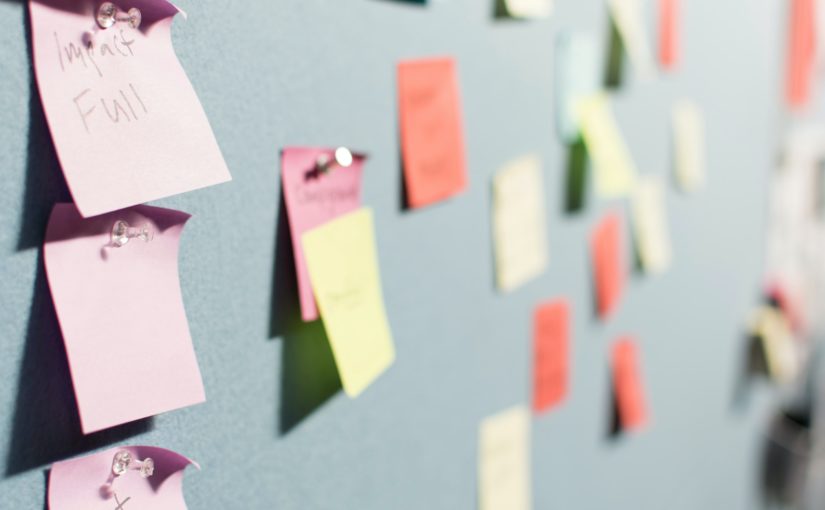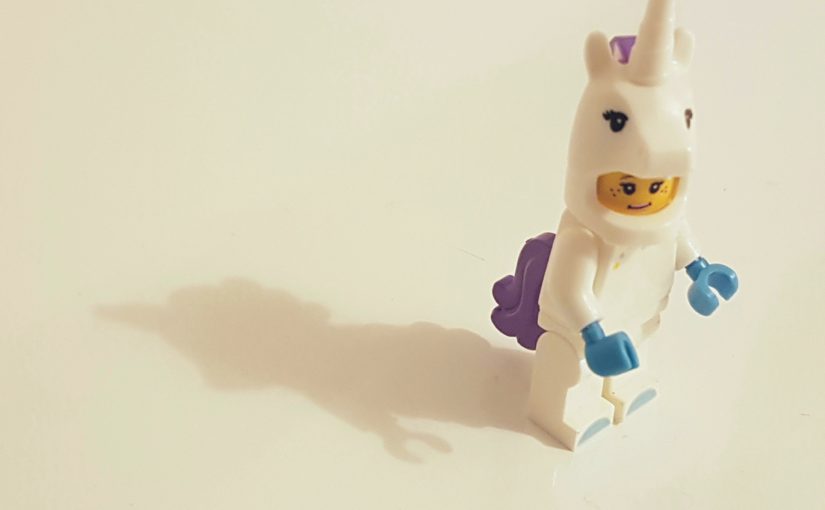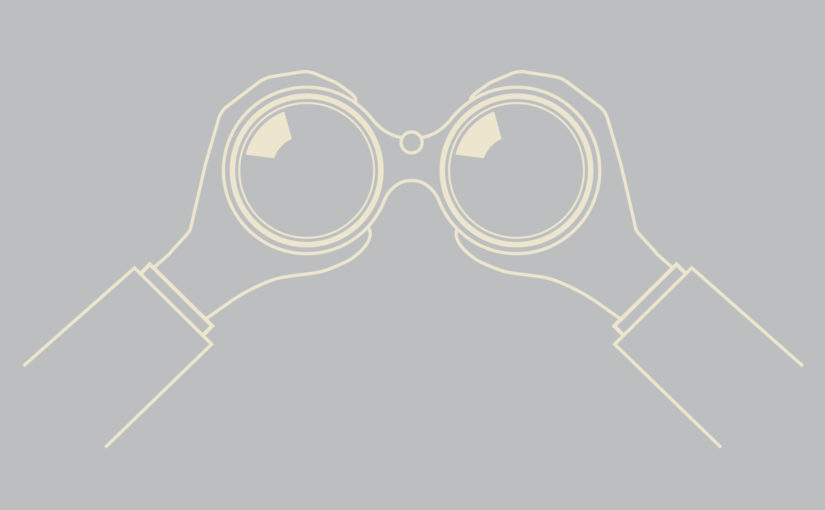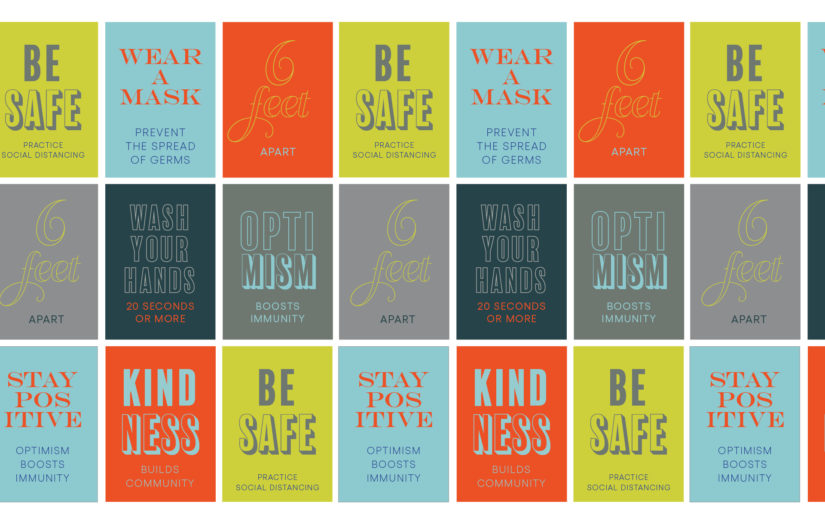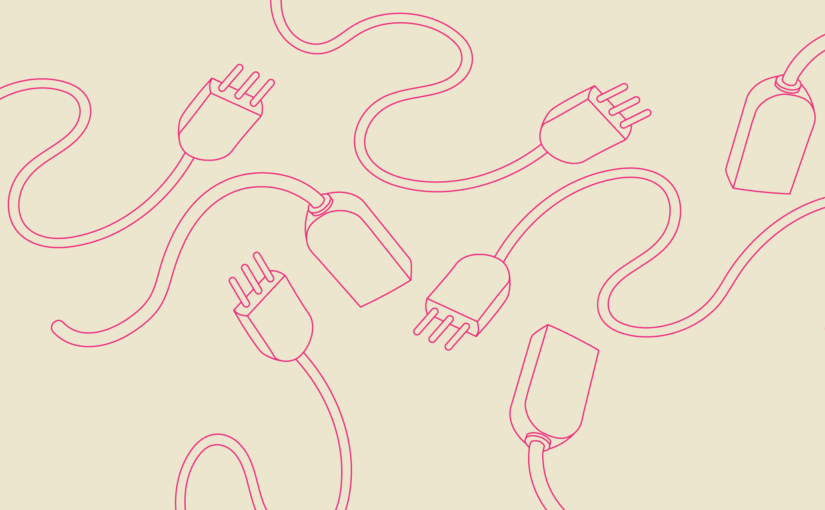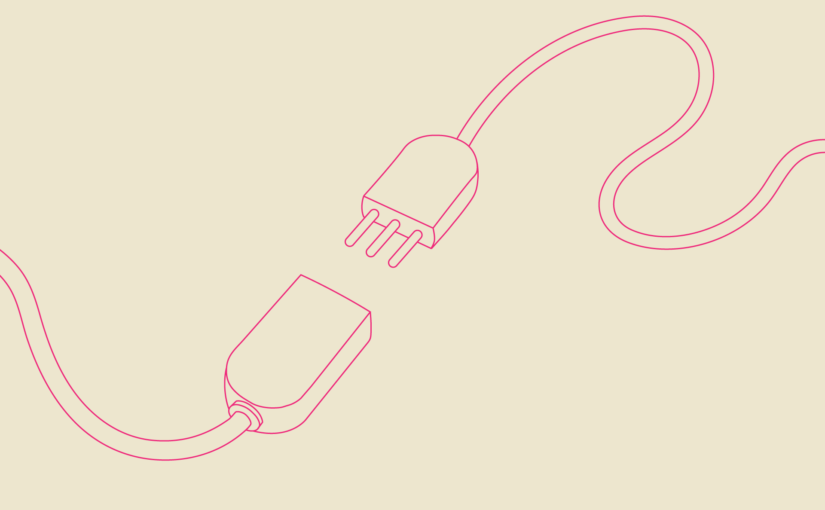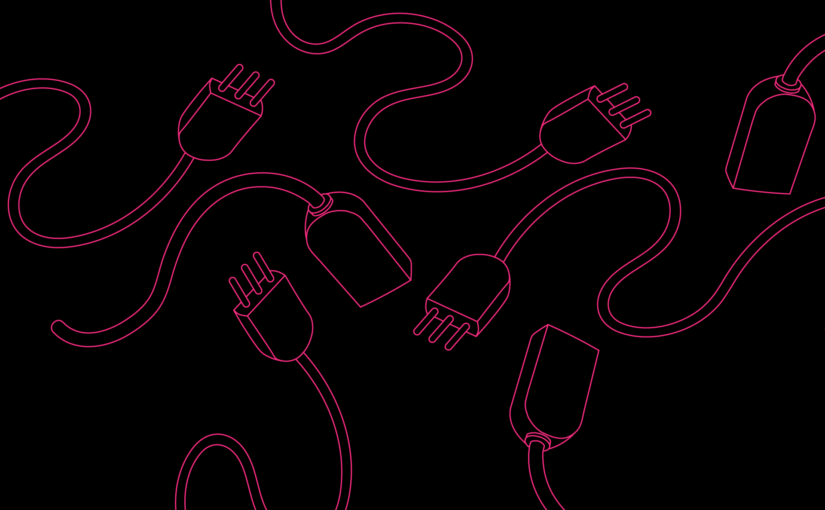“Change is the only constant.” Said Heraclitus, the Greek philosopher. His wardrobe might not still work today but his thinking is spot on. This guide is intended to help you embrace change and leverage your knowledge and goals into a more powerful and effective marketing plan.
Take some time (we recommend 45-90 minutes daily over 3 to 5 days), grab a few team members or just a cup of coffee and your favorite writing tool or machine, find someplace quiet, shut the door and start. Starting is the hardest part. When you’re done, you will know how often you want to repeat this and some necessary next steps.
Ps: When we work with clients on this process, it is a multi-day experience of discovery, thinking, brainstorming, creative message ideation, execution planning, and more. Give yourself time to think, to ponder. Break your thinking into a few sessions. This is where the best ideas and insights are born. Most importantly, have fun.
Wins & Losses.
What did you do this year that rocked? What didn’t so much? What can you learn? If you want to dive deeper here, perform a SWOT analysis, considering Strengths, Weaknesses, Opportunities, and Threats – to inform your thinking below.
Your Customer.
How have the changes in the landscape over the last year/quarter/month changed your customers’ challenges?
Your Value Proposition & Your Purpose.
Which of the customer problems above do you help solve? Is your solution still as relevant as it was the last time you made an assessment? Do you have new data points, customer input, or feedback to consider?
What is your purpose? Where do your purpose and your customer’s problem(s) intersect? This is your sweet spot. Make sure that your sweet spot is concisely incorporated into your value proposition.
Brand Landscape.
Where do you fit or not fit (for you disrupters) in today’s landscape? In your industry landscape? Do you have more or fewer competitors? Who are they? What are they up to? How is your offering (solutions, process, bouncy castle in lobby) differentiated from your competition?
Messaging Plan.
In Brand Landscape above, have any competitors pivoted? In what ways might this inform your positioning and messaging plan?
Create a list of messaging themes from your “customers problems” list that speaks to how you solve those problems. Think about how you’ve solved client problems like this and how you’d like to evolve your process.
Consider how you will get this message out. First, list your communication platforms, then create a plan that assigns messaging themes (based on customer problems and how you solve them) to every platform. You might be tempted to copy and paste each message into each platform for the same posting period. Try to refrain from doing this. If you are tired and need a break (this is tiring), start again tomorrow. Your goal is to drill down into your primary messages, state 3-5 subpoints for each, varying your message for each platform, all pointing at the same problem/solution story.
Voice & Storytelling.
Is the way you speak to your customer still relevant? Given shifts in the economic, political, and cultural environment, are there new opportunities to show sensitivity? How might this shift your use of words or imagery? Or the context in which you present your product or service?
Uncle.
I love doing this, can you tell? There is much more to dive into and sub-dives to suit up for, but this is a good start.
During January 2023, book a complimentary 30-minute session to discuss your concerns, goals, and ideas for getting there.





